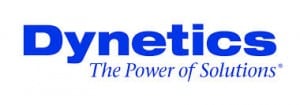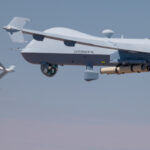
Aerojet Rocketdyne [GY] and Dynetics May 19 said they formed a strategic partnership in Huntsville, Ala., to enhance collaboration in aerospace technologies and systems. AR and Dynetics plan to expand the existing partnership to include: high-temperature, lightweight materials; next generation additive manufacturing technologies; in-space propulsion systems and high performance booster rocket engine systems. The effort is based on the on marked success supporting NASA's Space Launch System (SLS) Advanced Booster Engineering Demonstration and/or Risk Reduction (ABEDRR) program, the companies said…













